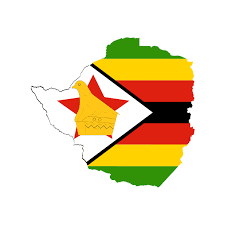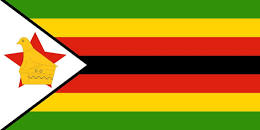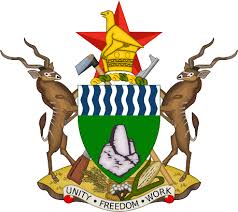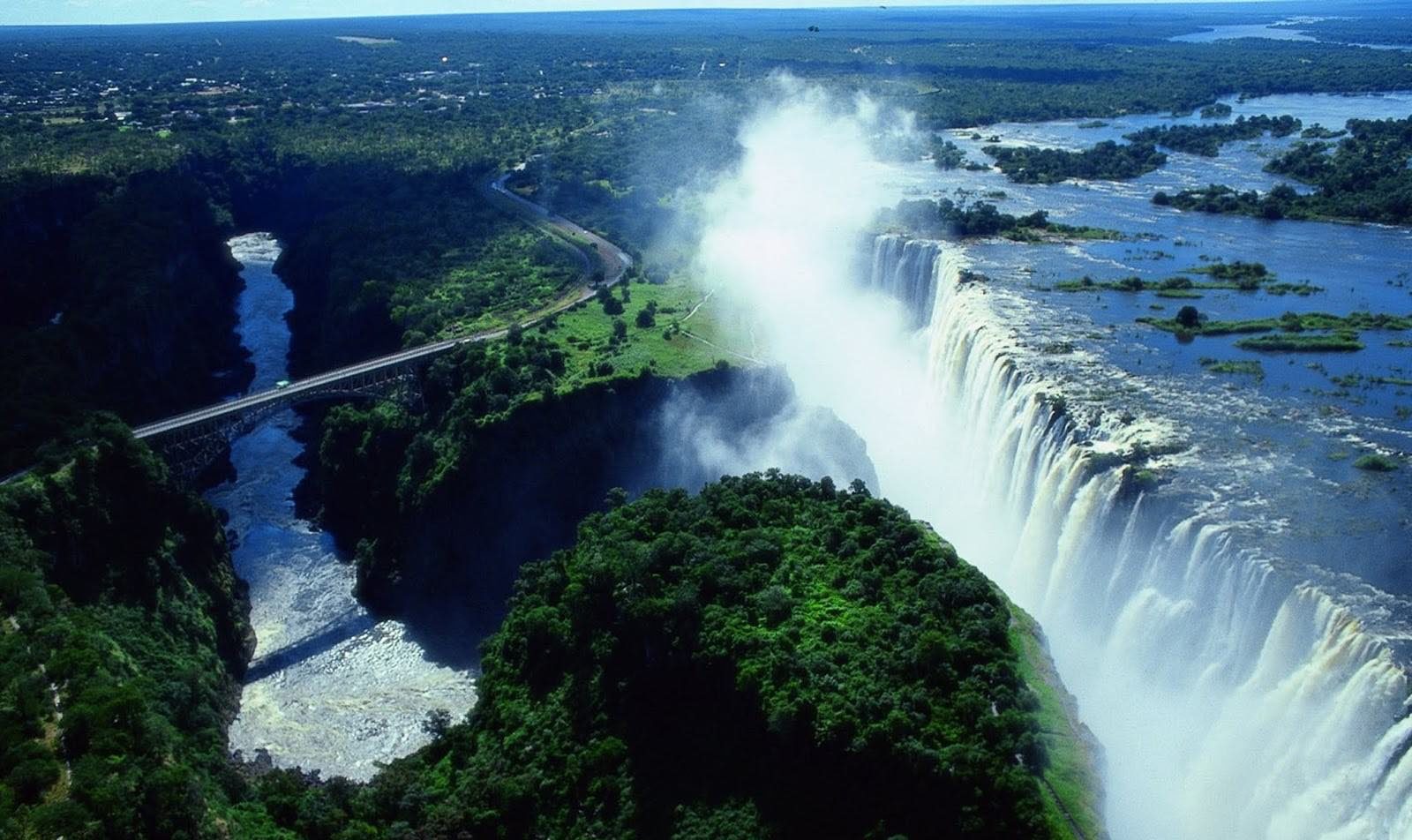My Heritage, My Country, My Culture
My country

much of it within parks, reserves and safari areas. On the Zambezi River, Victoria Falls make a thundering
108m drop into narrow Batoka Gorge, where there’s white-water rafting and bungee-jumping. Downstream are
Matusadona and Mana Pools national parks, home to hippos, rhinos and birdlife. Zimbabwe does not have a
sea area is astronomically located between 15°-23° South Latitude and 25°-34° West. Geographically,
Zimbabwe is bordered by Zambia in the north, by South Africa in the south and by Mozambique in the
east and by Botswana in the west.The country which was previously known as Southern Rhodesia (1898),
Rhodesia (1965) and Zimbabwe Rhodesia (1979) gained independence from the United Kingdom on April 18,
1980. Zimbabwe had been a member of the British Commonwealth (Commonwealth) on October 1, 1980 until
7 December 2003 left the international organization which recognized Queen Elizabeth II as its Chair.
Zimbabwe is a country that adheres to a presidential republic government system in which the head of state
and head of government is the president who is directly elected in the presidential election for a term of 5 years.
The Zimbabwean Flag
The flag of Zimbabwe was accepted on 22 March 1980 and was first raised at the midnight on 17/18 April
to mark independence. It has a gold Zimbabwe bird superimposed on a five pointed red star which is
situated on a white triangle at the hoist of the flag.
The remainder of the flag consists of seven horizontal stripes which are all equal in width and from
top to bottom they are green, gold(yellow), red, black, red, gold(yellow), and green. The stripes are
separated from the white triangle by a thin black line.

Meanings of the colours on the flag are as follows:
- Green represents vegetation and agriculture
- Yellow/Gold represents the country's mineral wealth
- Red represents the blood shed during the war of the liberation
- Black represents the black majority
- White triangle represents peace
- Zimbabwe Bird represents the National Emblem
- Red Star represents the nation's aspirations
The Court of arms

The Coat of Arms depicts two kudus on the left and right, each standing on top of an earthly mound composed
of stalks of wheat, a pile of cotton, and a head of maize. At their feet there is also a banner emblazoned
with the Zimbabwe national motto (Unity, Freedom, Work). The shield itself is green, featuring 14 waves of
alternating white and blue waved lines at top (chief argent), and also at the center of the shield a
representation of the ancient Kingdom of Great Zimbabwe is shown. Placed behind the shield are an agricultural
hoe (to the left) and an AK-47 automatic rifle (to the right), both of which are tied with twisted strips of
green and gold silk. On the crest, the red star and the Great Zimbabwe Bird, which are also depicted in the
national flag, are shown.
The meanings of the Zimbabwe Coat of Arms are as follows:
- Kudus: the unity of Zimbabwe’s various ethnic groups
- Earthly Mound: the need to always provide for the Zimbabweans
- Motto Banner: the need to maintain national unity and the preservation of freedom
- Shield: the fertility of the country’s soil and water
- Great Zimbabwe: the historical heritage of the nation
- Hoe and Rifle: Celebrates the struggle for peace and democracy, as well as the proud work-ethic of the Zimbabwean people.
- Strips of Silk: the national financial enterprise and the protection of the economy
- Red Star: hope for the future of Zimbabwe. Conveys the revolutionary nature of the 1980 achievement majority rule, and the struggle towards a fair, equal society.
- Great Zimbabwe Bird: national identity
